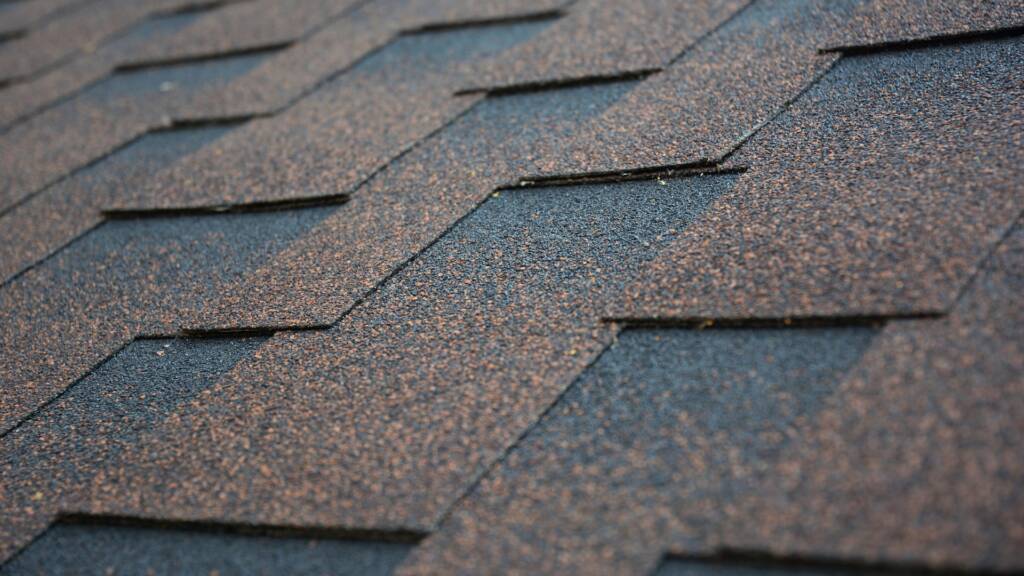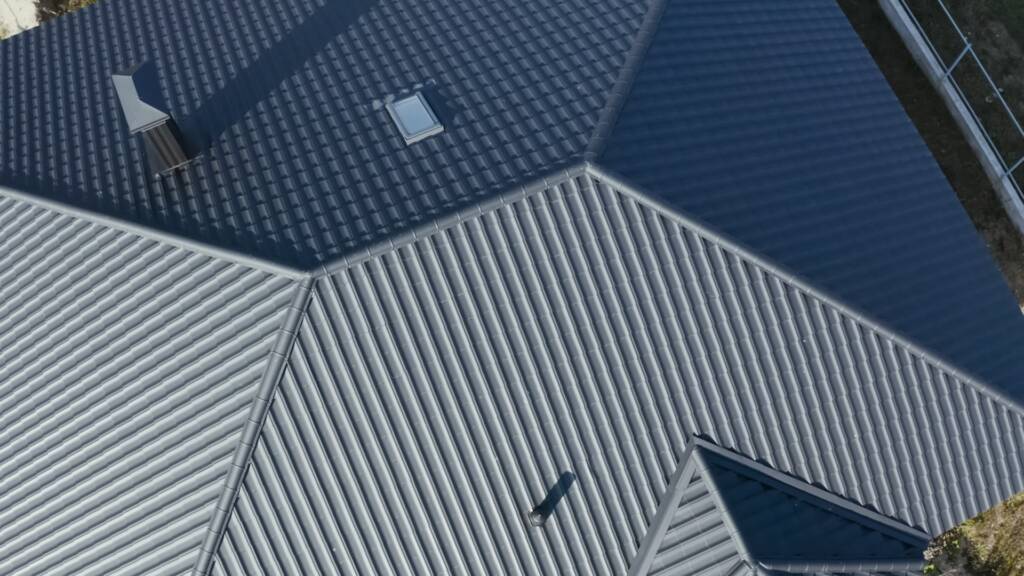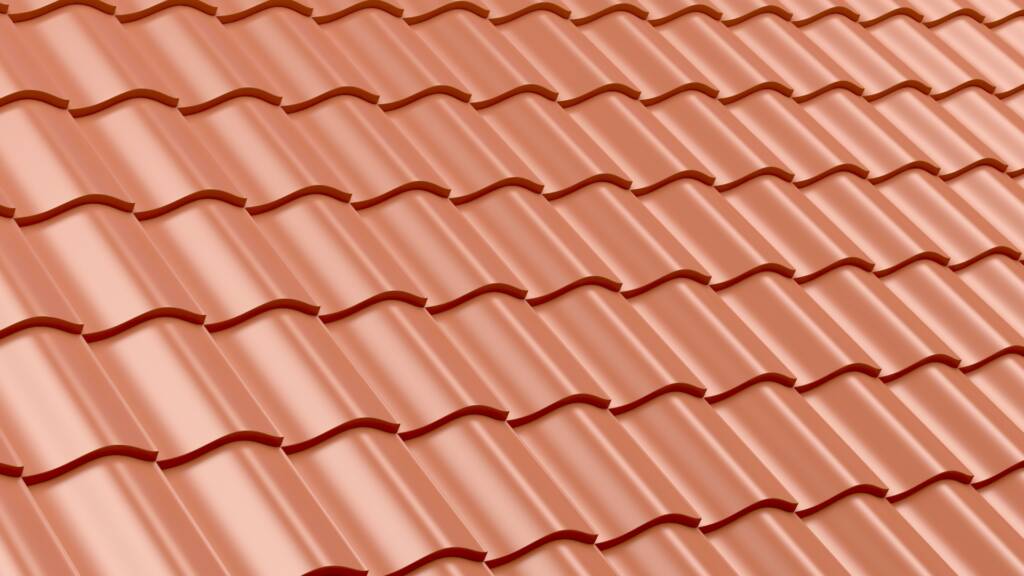
Making the Right Choice with Confidence
As homeowners, we understand the importance of a sturdy and reliable roof that not only protects our loved ones and belongings but also enhances the overall aesthetics of our homes. With an array of roofing materials available in the market, choosing the perfect one can be a daunting task. However, armed with the right knowledge and guidance, you can confidently make the right choice for your home. We will explore various roofing materials, their unique characteristics, and key considerations to help you find the perfect roofing material that suits your needs, preferences, and budget.
Asphalt Shingles: The Classic and Versatile Option

Asphalt shingles have been a popular choice among homeowners for many years due to their affordability, durability, and versatility. They are made of a combination of asphalt, fiberglass, and mineral granules, providing strength and protection against the elements. Asphalt shingles are available in architectural shingles. They are relatively easy to install and provide reliable protection for many years. However, it’s important to consider factors such as maintenance requirements and potential drawbacks.
One of the key advantages of asphalt shingles is their affordability. They offer excellent value for money, making them a practical choice for homeowners on a budget. Asphalt shingles are also readily available in most areas, making them easily accessible for roof replacements or repairs. Additionally, their installation process is relatively straightforward, and many roofing contractors are experienced in working with asphalt shingles.
When it comes to durability, asphalt shingles perform well in moderate climates. They are resistant to UV rays, wind, and water, which contributes to their long lifespan. However, extreme weather conditions, such as severe storms or heavy snowfall, can potentially cause damage to asphalt shingles. Regular maintenance, such as keeping the roof clean and addressing any issues promptly, can help prolong their lifespan.
Another advantage of asphalt shingles is their versatility in terms of aesthetics. They are available in a wide range of colors, allowing homeowners to choose a shade that complements their home’s exterior. Additionally, architectural shingles offer a dimensional look, mimicking the appearance of more expensive roofing materials like wood shakes or slate.
However, it’s essential to note that asphalt shingles do have some potential drawbacks. They have a shorter lifespan compared to other roofing materials, typically ranging from 15 to 30 years, depending on the quality and climate conditions. Additionally, asphalt shingles are susceptible to algae growth and may require periodic cleaning. It’s also important to consider the environmental impact of asphalt shingles, as they are not as eco-friendly as some other options.
Metal Roofing: Durability and Energy Efficiency

Metal roofing has gained significant popularity in recent years due to its exceptional durability, energy efficiency, and aesthetic appeal. Metal roofs are typically made of steel, aluminum, or copper, offering different levels of strength and longevity.
One of the primary advantages of metal roofing is its durability. Metal roofs can withstand extreme weather conditions, including heavy rain, snow, and high winds. They are resistant to fire, rot, and insects, providing long-lasting protection for your home.
Metal roofing is also known for its energy-efficient properties. Unlike traditional asphalt shingles that absorb heat, metal roofs reflect solar radiant heat, reducing cooling costs during hot summers. This energy efficiency can lead to significant savings in energy bills over time. Additionally, metal roofs can be installed with insulation materials to further enhance energy efficiency.
In terms of aesthetics, metal roofing offers a sleek and modern look that can enhance the curb appeal of any home. They are available in a variety of colors and styles allowing homeowners to achieve a customized and unique appearance.
While metal roofing has numerous advantages, there are a few considerations to keep in mind. The initial cost of installing a metal roof can be higher than traditional roofing materials like asphalt shingles. However, the long-term durability and energy savings can offset this cost over time. Another aspect to consider is the noise factor. During heavy rain or hailstorms, metal roofs can produce more noise compared to other materials. However, proper insulation and underlayment can help reduce the noise to a comfortable level.
Clay and Concrete Tiles: Aesthetic Charm and Long-lasting Performance

Clay and concrete tiles are known for their aesthetic appeal, providing a timeless and sophisticated look to homes. They have been used for centuries in various architectural styles and are particularly popular in Mediterranean and Spanish-inspired designs.
One of the key advantages of clay and concrete tiles is their longevity. They are resistant to fire, rot, and insects. Clay and concrete tiles require minimal maintenance, making them an attractive option for homeowners seeking a low-maintenance roofing solution.
Clay and concrete tiles also offer a wide range of colors, shapes, and styles, allowing homeowners to achieve a customized look that complements their home’s architecture. Clay tiles are known for their rich earth tones. The unique texture and charm of clay and concrete tiles can significantly enhance the curb appeal of your home.
It’s important to consider the weight of clay and concrete tiles when selecting them as a roofing material. They are heavier compared to other options, such as asphalt shingles, and may require additional structural reinforcement to support the weight. It’s crucial to consult with a roofing professional to ensure your home can accommodate the added load.
In terms of cost, clay and concrete tiles are generally more expensive than asphalt shingles. The higher cost is attributed to the material’s quality, longevity, and the craftsmanship involved in their installation. However, the long lifespan and aesthetic value they bring to your home can make them a worthwhile investment.
Conclusion
Choosing the perfect roofing material for your home is a significant decision that requires careful consideration. By understanding the unique characteristics, advantages, and disadvantages of various roofing materials, you can confidently make an informed choice that suits your needs, enhances your home’s curb appeal, and ensures long-lasting protection. Consider factors such as climate, roof slope and design, longevity and lifecycle costs, energy efficiency, and aesthetic preferences when making your decision.
Consulting with professional roofing companies and contractors can provide expert advice based on your specific requirements. They can assess your home’s structural capacity, recommend suitable materials, and ensure proper installation for optimal performance.
Now, you can embark on your roofing journey with confidence, knowing that you are making the right choice for your home and your family. Remember, a well-chosen roofing material not only provides reliable protection but also adds value and beauty to your home for years to come. Invest in quality, prioritize maintenance, and enjoy the peace of mind that comes with a well-built and carefully selected roof.
